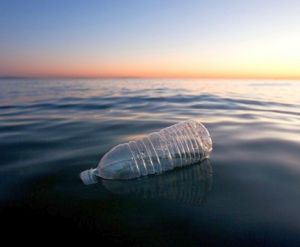 Bottled water is one of the most convenient beverages. These days it’s right up there with Coke and Pepsi in terms of availability and abundance in the marketplace. Of course when these large corporations are also 50% of the market share for bottled water, you would expect to see this sort of thing.
Bottled water is one of the most convenient beverages. These days it’s right up there with Coke and Pepsi in terms of availability and abundance in the marketplace. Of course when these large corporations are also 50% of the market share for bottled water, you would expect to see this sort of thing.
It’s great that more and more Americans are drinking bottled water because perhaps that is a sign of them drinking less soda; which is just a sugary phosphoric acid drink. Of course we would love people to drink water over soda, however bottled water still has many disadvantages to be aware of.
To be specific, the real disadvantages are with plastic bottled water. Plastic is an issue not only because it causes chemical changes to your drinking water but it also has an massive effect on our environment (darn humans and our quest for convenience at all costs!)
There are 50 billion water bottles consumed globally each year. Around 30 billion of them are consumed in the US which shows that Americans are about 60% responsible for the problem while only being 4% of the global population. That’s 1,500 water bottles consumed every second in the U.S.
That’s a lot of bottles!
9.1 billion gallons or 29.1 gallons per person per year to be exact. That is based on 2011 statistics.

 We live in a toxic environment, being exposed to an estimated 2.5 billion pounds of chemicals each year. Once these
We live in a toxic environment, being exposed to an estimated 2.5 billion pounds of chemicals each year. Once these 